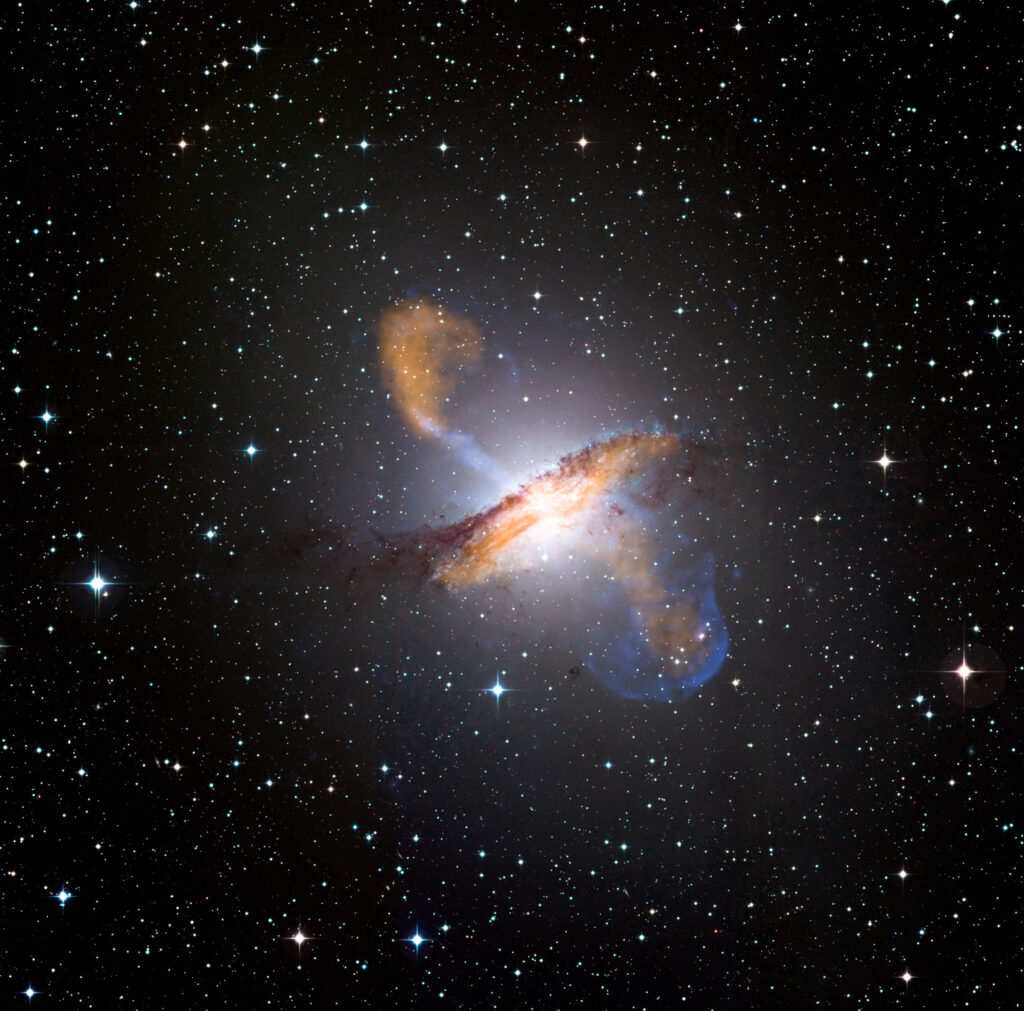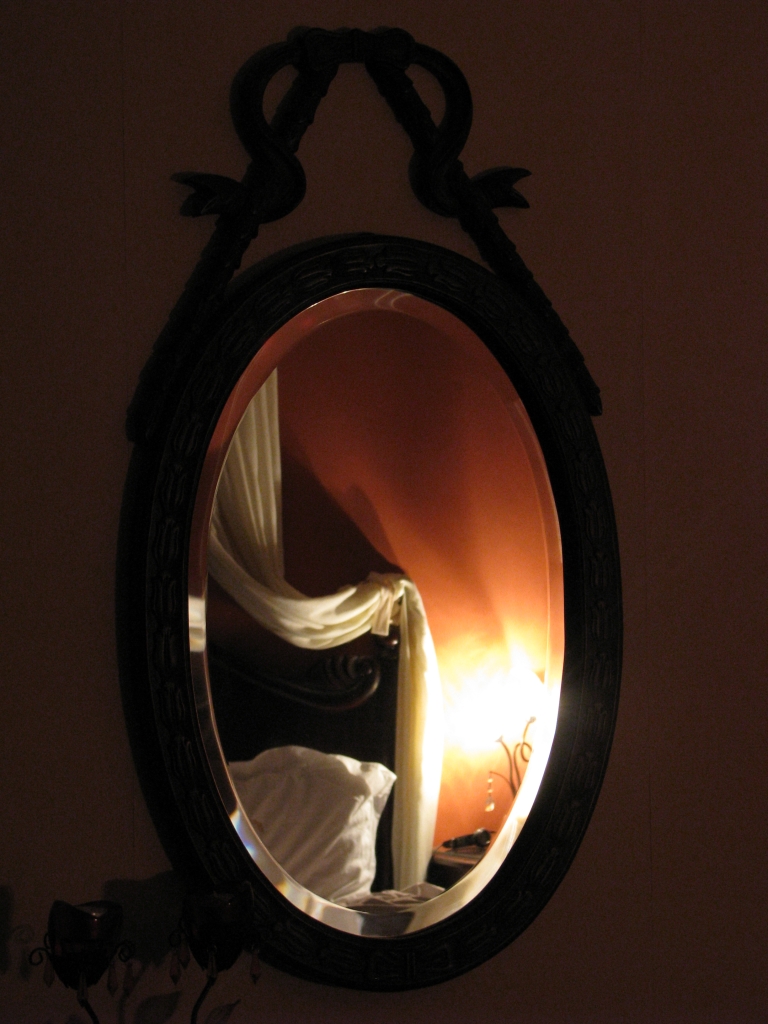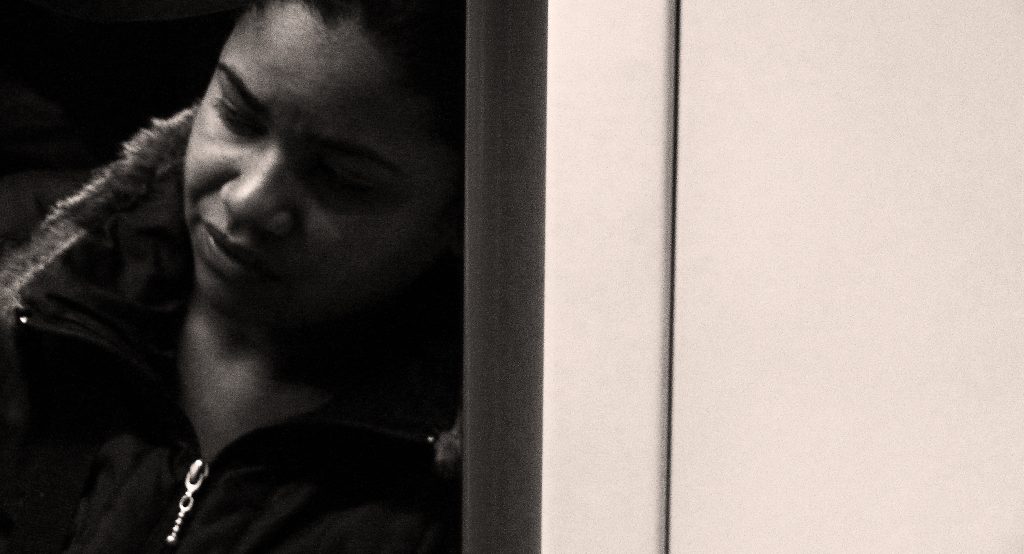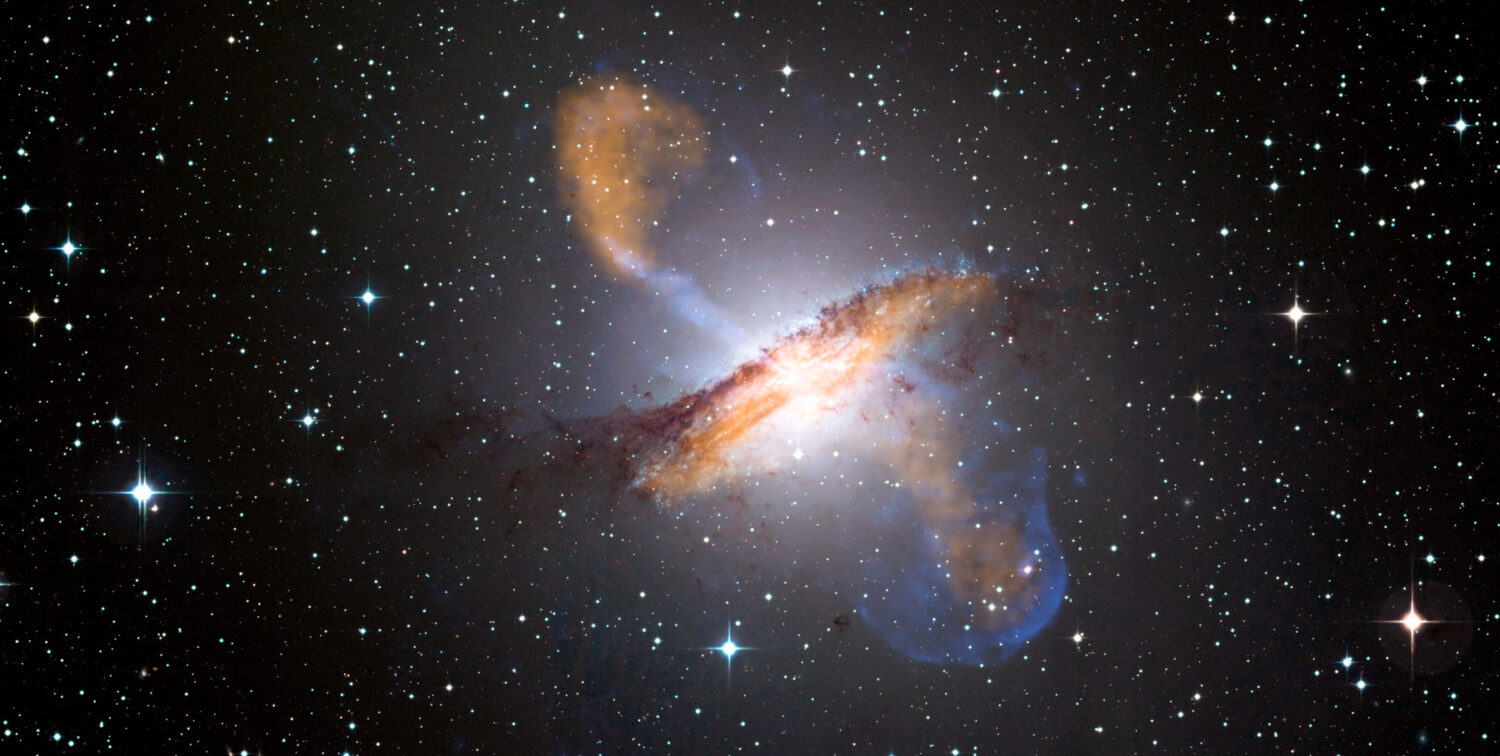This blog is brought to you by the spirit of joy and the prayerful embodiment of love, awe, and play… in the dark. Join me there and watch, listen, and groove to Queen Aretha.
Aretha Franklin, live performance, “Spirit in the Dark” (I love this image from the Fillmore in 1971, and this live performance is even more moving).
Mnemonic
Thirty days has September,
April, June and November.
Unless a leap year is its fate,
February has twenty-eight.
All the rest have three days more,
excepting January,
which has six thousand,
one hundred and eighty-four.
– Brian Bilston, Facebook, January 27, 2020
Wintering yields long nights, in fact, days with more night than day, and for some, whose holidays and winter breaks may not have been enough—not healing enough, not restful enough, or long enough—January portends more light, but still more night than day; a continued darkness.
And I (and hope you, too)
am
here
for
it.
I am forever and always dark. Enfleshed, embodied, and robed in darkness no matter the time of day nor season. Most specifically, my body and soul are Black. And the possibility that I (or others) might conjure terror or horror or self-loathing within my own body—or more frighteningly the dark little bodies, minds, and spirits that I am blessed to nurture—is what terrifies me.
There is nothing apolitical about associating a moment, day, or season with my darkness. Quite personally, it is held in contrast to what I know as dark love, dark babies, dark ancestors, dark nieces, dark promise and possibility, and dark joy. The assumed ease with which a realm of negativity and evil is summed and conjured with use of the adjective “dark” is what actually dims my light.
Recognizing and acknowledging the very real difference between darkness and light, I want to invite us to herald and celebrate the opportunity to revel in what uniquely, particularly, spectacularly, sacredly, and magically can be done in, with, through, and by (sometimes only) the dark.
In this moment between the solstice and vernal equinox, I want to share a few dark practices—for visioning, for futuring, for remembering, for reflecting, for intention setting, and yes, for the work and the journey, the moment and movement between now and next.
Darkness as: portal—a way in or through

I LOVE the dark. I find shelter in shadows, mystery in the murkiness of metaphors, and rest in the most tenebrous cast. Darkness affords us a portal, a way in and out of, no way that occupies time and space from here to there. Sometimes, on the way from where we may be delayed or stuck on the way to our liberatory imaginings, we assume that only one way of being or doing can support our journey. When traversing complex terrains, tapping into our many ways of sensing can provide a pathway in and through. Darkness invites in the many ways we sense things that can expand perception or knowledge. I have tried on some practices with partners that attempt to accompany the assumed gains from visual perception with other dark knowings, elevating a threshold to space(s) to grasp, glimpse, touch, bump into, stumble over, eavesdrop on, harken to, and even silence.
At the launch of a strategic planning session, I was thrilled to work with an engaged, but limited group. Not limited by the liberatory longings that they held for their work, but stuck at the 30,000-foot-level, unable to fully envision themselves in it. As a way beneath and beyond, I adapted a visioning practice (from Holding Change by adrienne marie brown, p. 189) to add darkness. I invited the group to close their eyes and then also closed the shades in the brightly lit conference room (dangerous right after lunch for sure, but well worth the risk). I asked folx to close their eyes and imagine that they were at the end of the first day after their grand vision came to pass, preparing to close the day with a bedtime ritual (late night conversation with their partner, journaling, or reflecting…whatever their end of day ritual might entail). In the darkness, I invited the participants to enter the complex terrain of their dreamspaces.
I made a very specific request. I asked participants what they would remember feeling (not doing) that day and how they might name or describe that feeling at the close of the day. And the responses were slow and broad at first—”I feel…” joyful,” “complete,” and then specific—“Today, young girls that look like me felt seen,” “I didn’t question whether my contribution was worthy today,” “I’m not surprised that what the community requested worked,” and “I wonder who I can now be since I no longer have to do that and be that for this work anymore.”
Darkness as: dim reflection

“They seemed to be staring at the dark but their eyes were watching God.”
– Zora Neale Hurston
There is a particular wisdom to behold by seeing darkly. My grandmother always said that “straight talk leads to straight understanding.” As much as I hold close to her sometimes too-deliberate, direct, and clear communication, and though I love knowing exactly when and what a thing is, I also know how complex most talk and understanding can be. And how meeting our desire for transparency and clarity too quickly can occlude and further inhibit the breadth and depth of our understanding(s). What could happen if we stilled ourselves long enough in the dark to learn from rather than resolve ambiguity?
The only way from here to anywhere worthwhile, is through, and sometimes we rush to analysis, to meaning-making, to conclusions, to get somewhere, anywhere, sometimes lighter in the light instead of considering the possibilities offered in lengthening our spell in the mean and between time. “Too long” probably is, but longer than we have been before and likely longer than we are comfortable with, might be just long enough to persist in the dark—where we might also intentionally lose focus, and linger long enough to simply notice, to wonder, and to ask more questions than we answer.
Far from transparent, the dark is still not opaque. Hues of blue and shades of gray meet deep purples in spaces where our disdain for obscurity might actually be discomfort with ambiguity. There is and can be space to build intimacy, trust, relationships, reflection, and connection. Entering this space is not difficult—it is the intentional holding and wrestling within the dark, ambiguous, unknown space that can be challenging. And acknowledging when and what we don’t know is insufficient. A specific muscle must be exercised in the shadows—absent certainty, sensibility, or predictability—we as individuals, organizations, and systems can hold and question what is unknown, yet to be determined, here and how it/we/they are to be discerned with as much intention, care, and need as we show conclusions and resolutions.
When challenged to hold competing meaning-making systems, an organization that we recently worked with graciously invited our partnership to support alignment among its partners. Rushing to consensus would have satisfied the request but done nothing to advance nor deepen and engage them in their work collectively. Instead we launched our work together with grounding questions. Immersing in a space designed to generate trust, build relationships, and listen long enough to consider what was actually unknown, what created questions, and where answers could or should be sought, and borrowed enough space to sense one another differently. We journeyed back to a slow, dark space, where we still held the rigor of acknowledgement and celebration, and invited big, juicy questions. Without assumed conclusions, and by noticing the questions that we were in and naming and setting shared values and intentions, eventually but not hurriedly, a pathway forward was dimly lit.
Darkness as: rest

“Silence. Stillness. To give her soul a chance to attend its own affairs at its own level.”
– Toni Cade Bambara, The Salt Eaters
Years, decades, in fact, of holding others in the light can cause us to lose ourselves. There are no seasons in which growth and productivity are constant expectations nor expressions; instead the sun rests while the moon illuminates. To exist in a place to do the work, we need to be well resourced, not resourced well-enough but deeply, richly, and abundantly nourished, enriched, and rooted: rested.
In our work with a partner facilitating a co-created design, we found ourselves in a moment when there was no daylight, no space, no way around, over, beneath, or beyond grief, boredom, a bit of despair and disappointment, unable to hear or feel into, nor reach nor grasp in the deepening shadows that felt all-consuming and far too familiar. We found silence and solace, and the agency to more than gently request that we needed to pause our work together. Not forever, but certainly long enough to reset.
As a dark practice, we might invite one another to pause long enough to breathe, to remember, to be still, to be tender with ourselves and ask… Questions to Ease Into Darkness:
- What might we dream or bring forth in the solitude and serenity melded in and through the darkness of our internal bodies?
- How do we embody a darkness that stills the internal voices that do not hear from and give voice to spirit?
- When do we inhabit a darkness that quiets ways of being that would resoundingly do anything other than affirm our humanity, our dignity, the richness and beauty of our darkness?
- Where might we be still long enough to notice what we feel in the embrace of the velvety, clean comfort found at dusk and or bathed in moonlight?
…and in this taste of eternal darkness
may we honor all that is black, and shadow
in ourselves, and in the world
may we crawl into the cave
carved especially for this season
and hear nothing but the quiet of stone
may we know, without question
that there is time for our rest
may we remember surrender
touching the dirt that holds our ancestors
and our futures
with reverence
– from “Murmurations: A Winter Solstice Spell,” adrienne marie brown, Dec 2021
Holding us all… in the dark.
Photo credits: Still from Aretha Franklin’s 1971 performance of “Spirit in the Dark” and the Fillmore (YouTube); Telescopic photograph of Centaurus A supermassive black hole (NASA); Photograph of mirror (Stefg74, Flickr); Photograph of woman leaning against a wall (Javier Sánchez Salcedo, Flickr).





